In 2016, I was humbled to be asked to teach at Stateville Prison with the Prison & Neighborhood Arts Project (P+NAP), a program that connects teaching artists and scholars to the people at Stateville Maximum Security Prison through classes, workshops, guest lectures, and projects.
During that first class, I was inspired by the commitment of all the students and their ability to create such powerful artworks despite all the complexities of creating on the inside and the dehumanization of prison system. It was a transformative experience to work with these individuals facing extraordinarily long prison terms (60, 70, and 80 years), often for crimes for which they would have already been released, had they been sentenced 30 years earlier, or in a different country. Since that first class, I have been working with other teachers and volunteers on P+NAP projects that connect people on the inside to the folks on the outside and vice versa. Most recently I had the opportunity to work with artists Sarah Ross and Dave Pabellon on a risograph print portfolio, The Long Term.
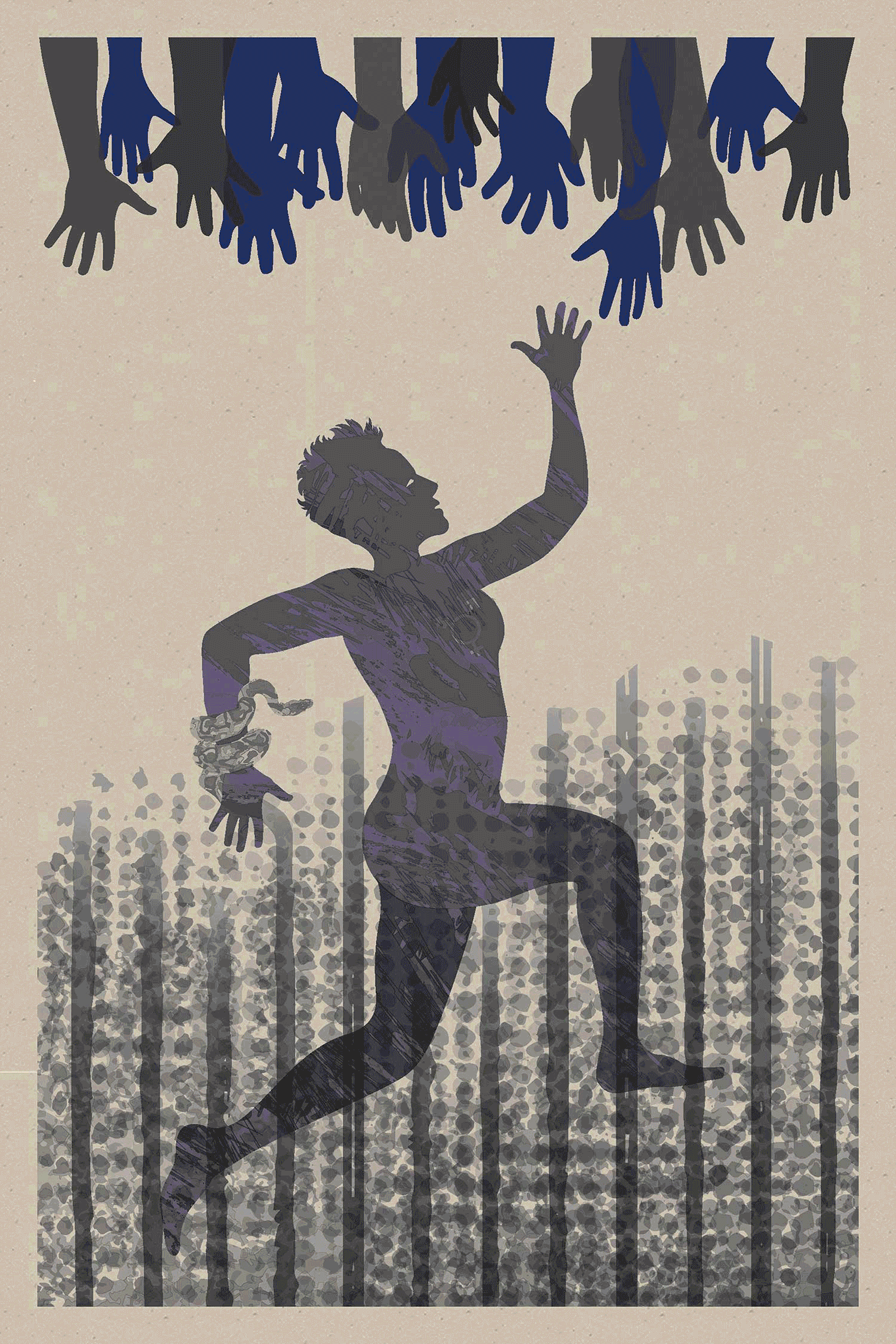
The Long Term Print Portfolio
We asked fifteen Chicago-area artists to create print designs in response to essays from a forthcoming P+NAP book, The Long Term: Resisting Life Sentences, Working for our Freedom (October 2018) that focuses on the issue of long term sentencing and the long term struggle for freedom, written by educators, activists, incarcerated people and formerly-incarcerated people. The portfolio of prints is one of the many attempts to make visible how punitive policies and incarceration negatively shape communities, families, and ultimately, life-chances.
The resulting portfolio features prints by artists: Ivan Arenas, Elizabeth Brent, William Estrada, Eric Garcia, Maria Gaspar, Ryan Griffis, Sam Kirk, Damon Locks, Nicole Marroquin, Dave Pabellon, Claire Pentecost, Sarah Ross, Fred Sasaki, Monica Trinidad, and myself (Aaron Hughes). And was released in May at an popup exhibition event at Art In These Times that featured readings by Tara Betts, Elizabeth Brent, Daniel Cooper, Monica Cosby, Deana Lewis, Orlando Mayorga, and Maria Moon.
In hopes to bring more attention to this important portfolio project I reached back out to Sarah and Dave to share a bit more about the project, what it was all about, why it is important, and how the project came together.
Aaron Hughes (AH): This portfolio is about bringing attention to “the long term” but what is “the long term?” What does “the long term” mean to you?
Sarah Ross (SR): The idea of “the long term” started with thinking about long term sentencing but of course we have to expand way beyond the metrics of sentencing policy. When folks are locked up for so long there are so many other impacts—emotional, physical, financial—of taking people out of their communities. So instead of reducing the conversation to long term sentencing, a group of us editing a book project thought to keep the language open to The Long Term to encompass all the long terms that long term sentencing produces.
AH: What was the intention behind making a portfolio on the long term?
SR: The portfolio is one way to highlight the writing in a book of the same title. The book is about long term sentencing policies, long term loss families and communities face, long term struggles for justice, and more. The book urges us to question rhetoric of ‘ending mass incarceration’ without including people with long term and life sentences. So each artist responded to an article from the book by making a print.
AH: How did the portfolio project get started and what was the process of developing the content?
SR: On my end it was an opportunity to take up Dave Pabellon’s generous offer to collaborate. He came to me asking if P+NAP wanted to do a risograph project using materials from his institution. I talked with the artists in P+NAP and you, Aaron, suggested we use the opportunity to dovetail with the on-going project, The Long Term. At the time we were editing a book and so I circulated several articles to each of the artists, choosing primarily articles by currently or formerly incarcerated authors. Artists read and chose the articles to work from. We ended up with fifteen artists participating, including ourselves, and made about 100 portfolios.
Dave Pabellon (DP): I was fortunate enough to be awarded the annual Research Assistance Grant (2017) at the academic institution I serve, Dominican University. Upon hearing news of acceptance I immediately contacted Sarah Ross and offered any design and/or production support P+NAP might need. Being familiar with the organization and having experienced many of the shows and events in the past few years, I was certain that I wanted to utilize the grant’s financial backing to help support the initiatives and actions P+NAP provides. As for the portfolio, I Initially thought my contribution to The Long Term project was going to consist of promotion and marketing for the book with some additional labor and supplies. However, as the academic year continued and an opportune purchase of an RN2530 Risograph Printer in Northwest Indiana presented itself, my contribution pivoted slightly and the portfolio component was solidified.
AH: In addition to organizing the portfolio, you also designed prints for it. Tell us a bit about your prints and designs.
SR: I chose an essay written by Benny “Don Juan” Rios. I worked with Benny on his essay over the last summer and was so taken by his story. He and his brother have both been incarcerated. Benny’s brother got locked up before the Truth in Sentencing law in Illinois came into effect. So he got “day for day good time” meaning if he was sentenced 40 years, he did 20. Benny got sentenced after that law came into effect, meaning he has to do all 45 years of his sentence. Between his brother getting out and Benny getting locked up, Benny taught his brother how to care for their mom, who he was caring for prior to his arrest. In Benny’s story, he suggests we repeal Truth in Sentencing because it doesn’t help families and communities heal from violence. Instead it warehouses people to die in prison because many people can’t live out their sentence. I made a print with a locket and silhouette of two male profiles, representing the split between Benny and his brother. I also excerpted some of his essay because I wanted to put his voice front and center in the image.
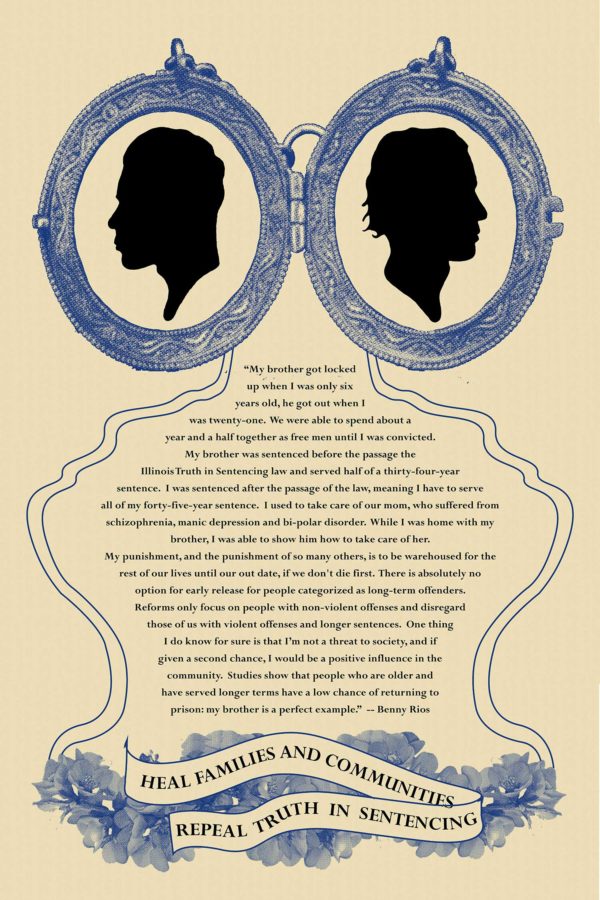
Print by Sarah Ross
DP: The print I contributed to the portfolio was a visual response to a segment from Ryan Lugalia-Hollon and Daniel Cooper’s book,The War on Neighborhoods: Policing, Prison, and Punishment in a Divided City. As the title implies, the book explores how the connectivity of today’s police state, incarceration system, and sentencing policy effects particular neighborhoods, demographics, and community members. Through the use of data analysis and personal accounts Lugalia-Hollon and Cooper draw strong comparisons and contrasts between Austin and adjacent geographic areas, such as Oak Park and other nearby Chicagoland Western Suburbs. Such comparisons reveal a large disparity between Austin’s number of arrests and the severity of judicial punishment to that of their neighbors, down to a block level. This division between neighborhoods spoke to me in many ways as I actually witness, live it, and breathe it, everyday. I grew up in Oak Park, two blocks West of the Austin border from birth until I left to attend college, and now have returned to that same address 20+ years later to raise a family. The relationship between the two areas is complicated and the boundary line is definitive on visual, physical, and psychological levels. The poster response is a typographic, color-coded, and image based amalgamation that uses this personal history, the writings from The War on Neighborhoods, visual cues that I captured photographically by walking on both sides of the community line, and historical maps that referenced Austin’s demographic change.
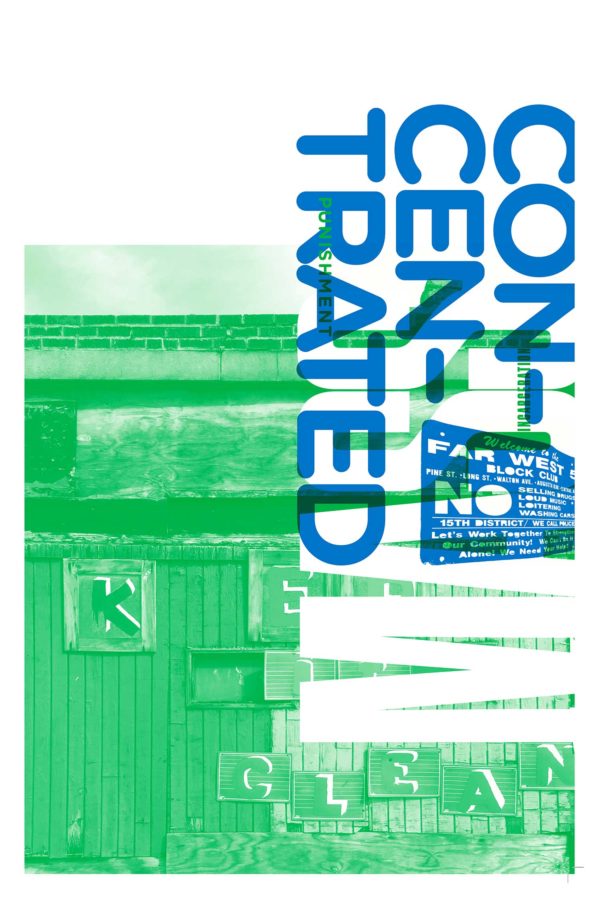
Print by Dave Pabellon
AH: Are there other prints from the portfolio that stood out to you?
SR: I loved the work by Monica Trinidad. It also uses a kind of symmetrical image of two people in a boat. They are paddling through lines that are like bars. The boat turns the bars into waves. The boat says “A Living Chance” which is a beautiful interview project that Adrienne Sky Roberts is doing with CA Coalition for Women in Prison. The interviews are of women in CA state prisons serving life and life without parole sentences. CCWP have now launched a “Drop the LWOP” (life without parole) campaign and the Living Chance Project is a vehicle to hear the voices of people inside. Monica’s print is a great addition to that important work.
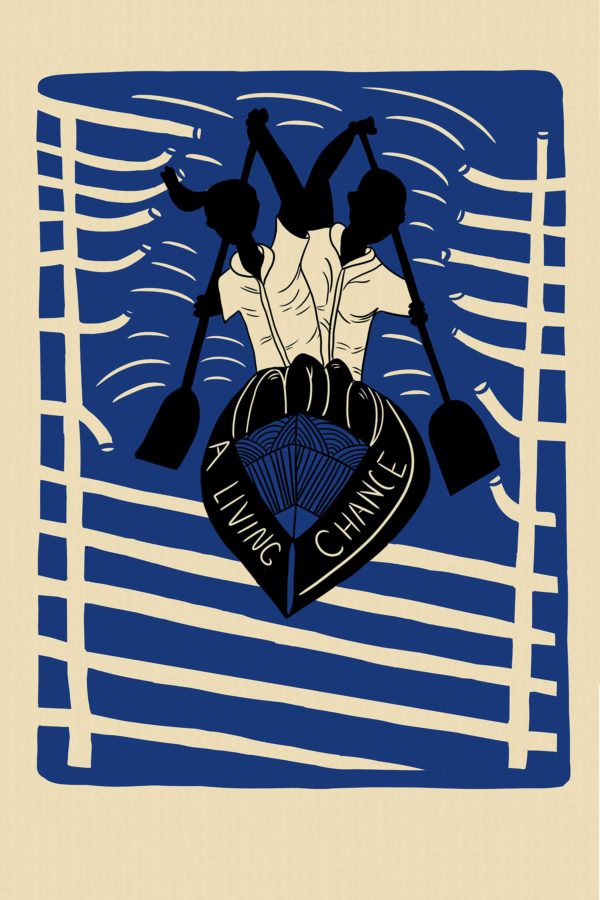
Print by Monica Trinidad
DP: Fred Sasaki’s poster response to Mary L. Johnson’s piece A Mother Confronts Chicago Police Torture is a wonderful pairing of sincere and emotional writing with bold and complimentary graphics. It’s a great union, the hand scrawl lettering, beautiful and innocent drawings, and choice of passage couldn’t be any more inline.
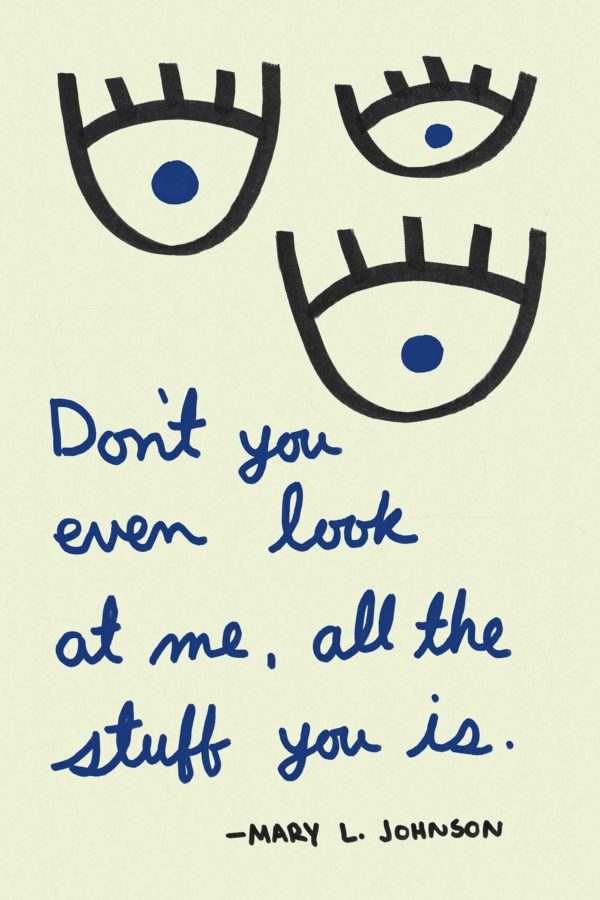
Print by Fred Sasaki
AH: Were there any specific advantages to the portfolio consisting of Risograph prints?
SR: So many! So quick!? But Dave can say more here.
DP: Advantages, there are plenty. The Risograph duplicating machine, invented in Japan in the 1980s was popularized in the United States shortly thereafter because it represented a quick, cheap, and easy way to make multiple copies. Since then it has been adopted, and quite frankly resurrected, by the art and design community in the past decade. The production of Riso prints are sought out and heralded for its low cost, speed, and versatility. Creating Riso images is similar to screen printing in terms of color separation and ink transfer, but with the rough-and-ready results of an office photocopier. And even though the machine I secured and purchased had its mishaps through production we were able to connect with Matt Davis and Perfectly Acceptable press to complete the project under the Research Grants budget.
AH: What are the hopes for the future of the portfolio?
SR: We’ll show the work in several exhibitions in Chicago throughout the year. Each artist got a portfolio and we hope they will circulate the work as well. We also hope to show the work alongside the book, which will come out in October, 2018 published by Haymarket. Finally, there are a group of incarcerated people at Stateville prison interested in bringing back parole in Illinois. At the moment, the state does not have a parole board that can release people. So a life sentence is essentially death, by incarceration. So if the work can be used to support efforts for policy change we certainly will take part in that movement.
The Long Term Print Portfolio
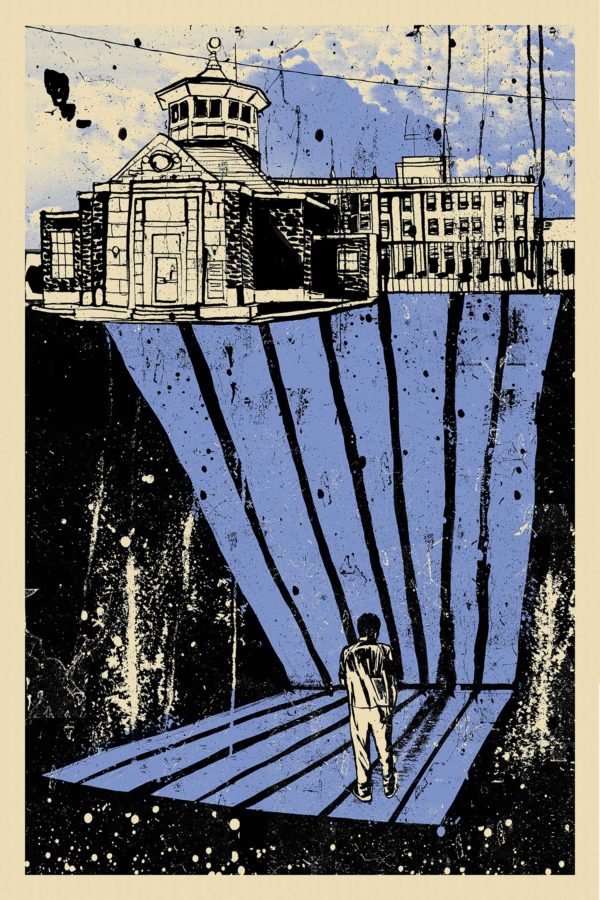
Print by Damon Locks
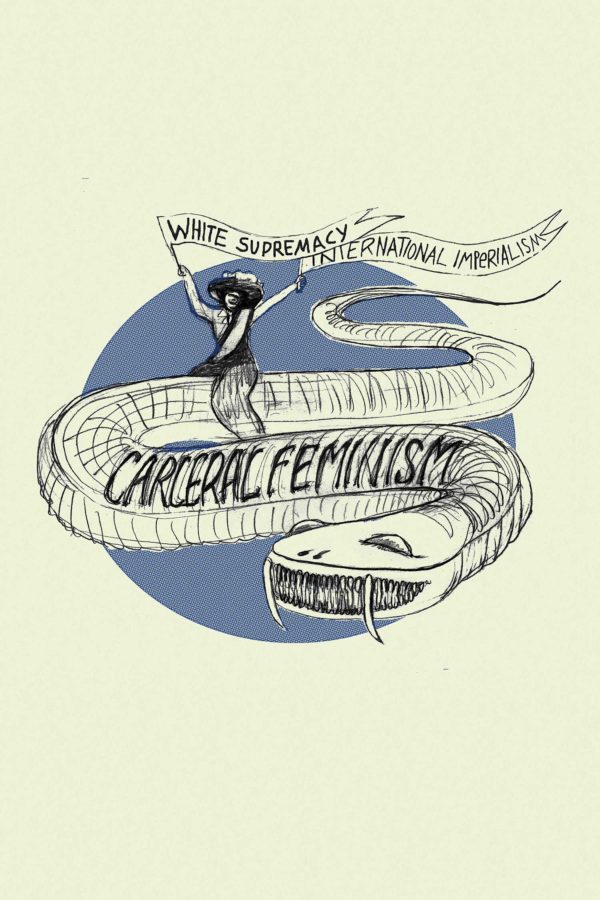
Print by Nicole Marroquin

Print by Monica Trinidad
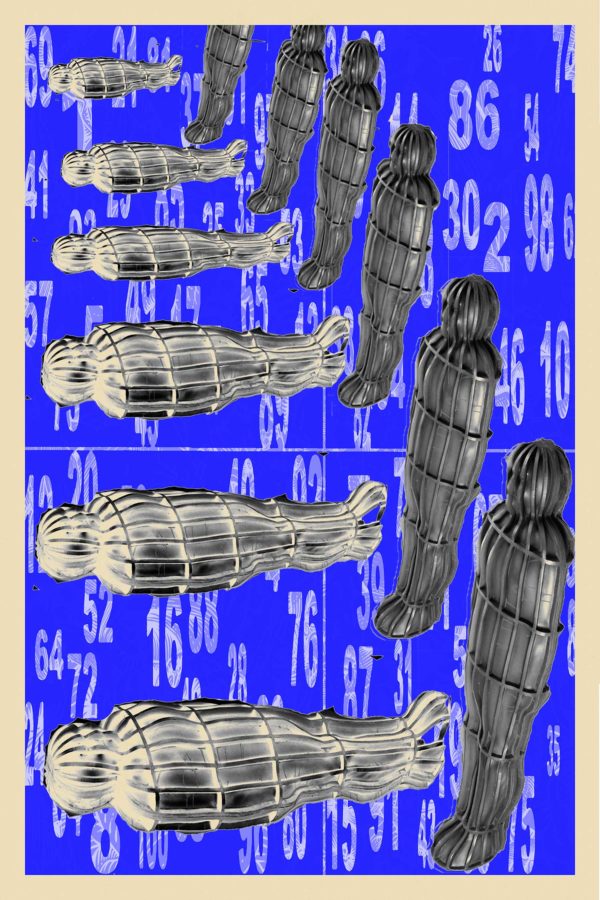
Print by Claire Pentecost

Print by Dave Pabellon

Print by Sam Kirk
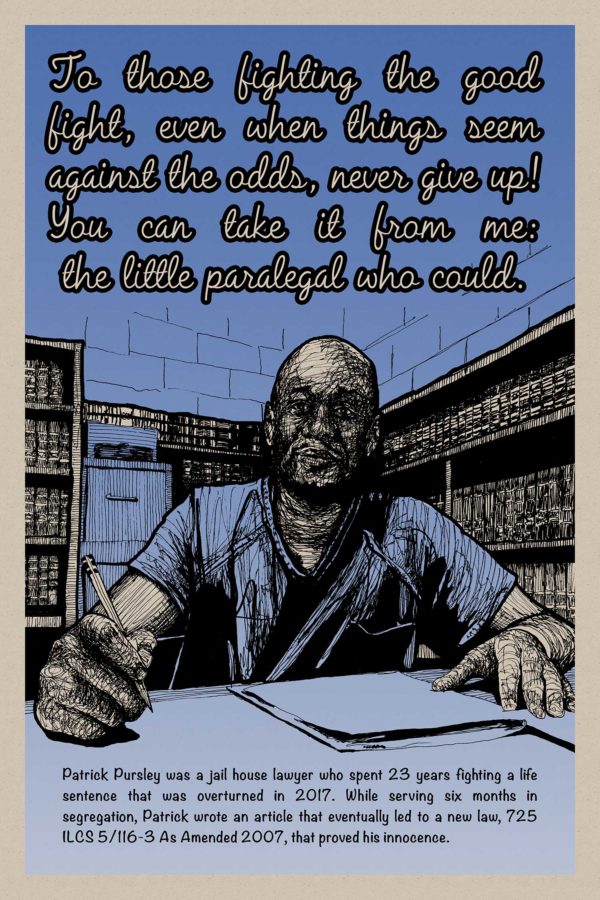
Print by Aaron Hughes
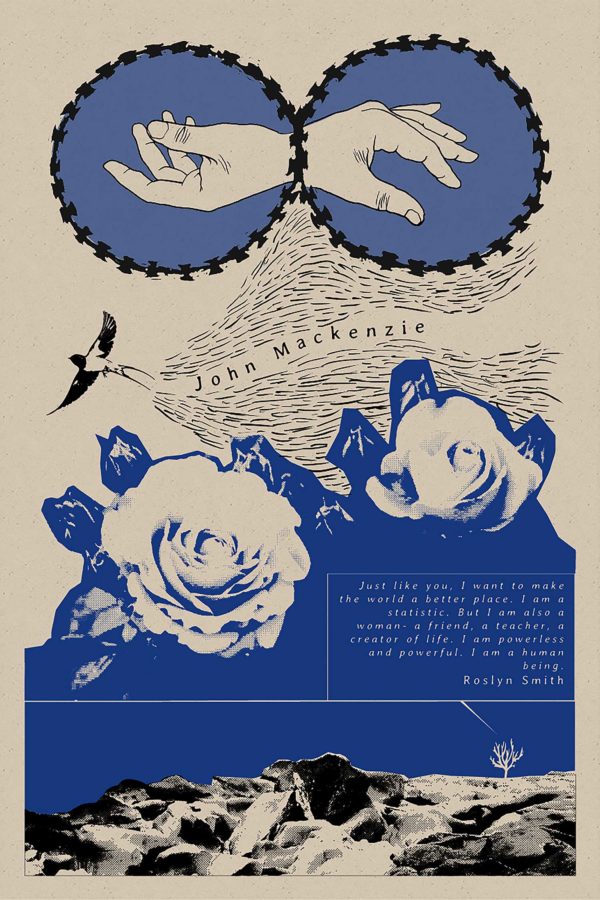
Print by Ryan Griffis
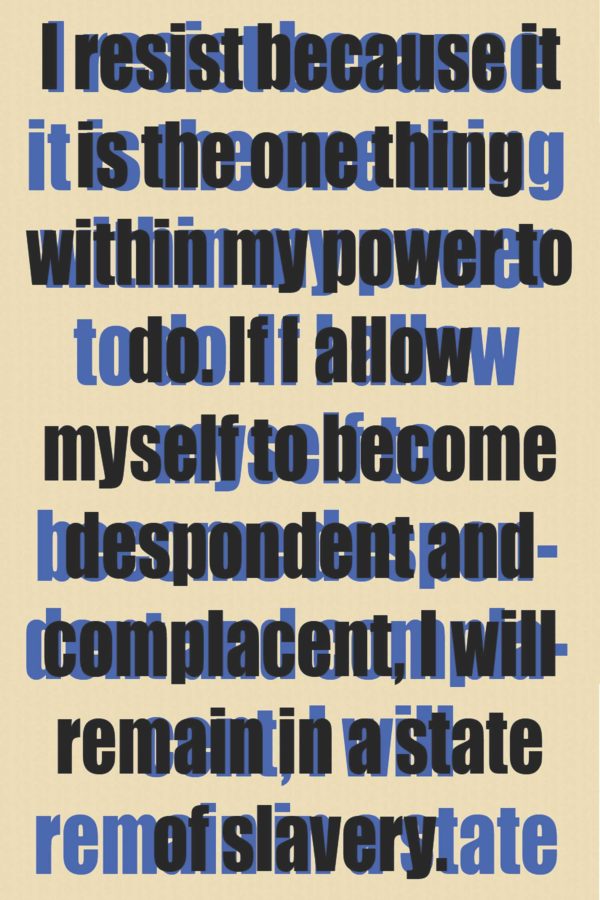
Print by Maria Gaspar
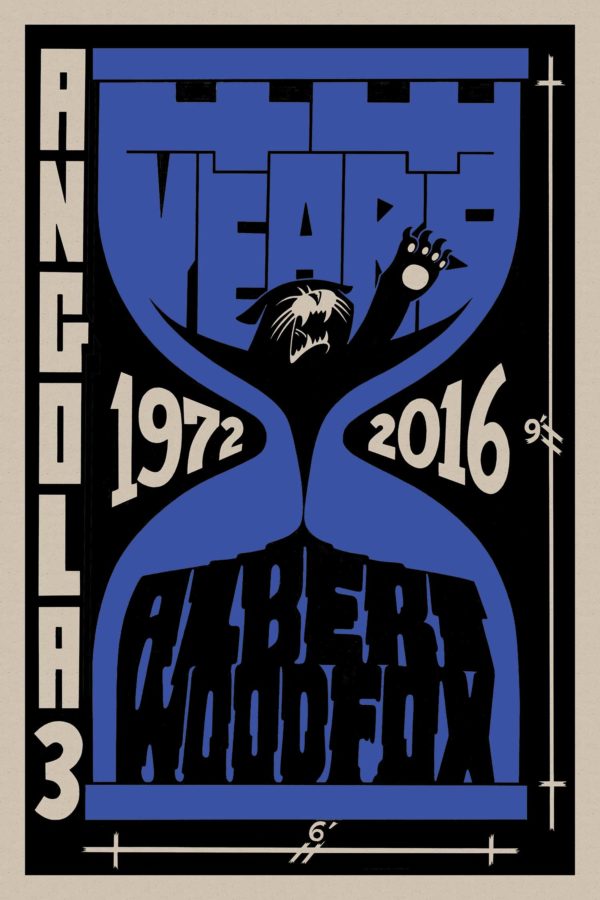
Print by Eric J. Garcia
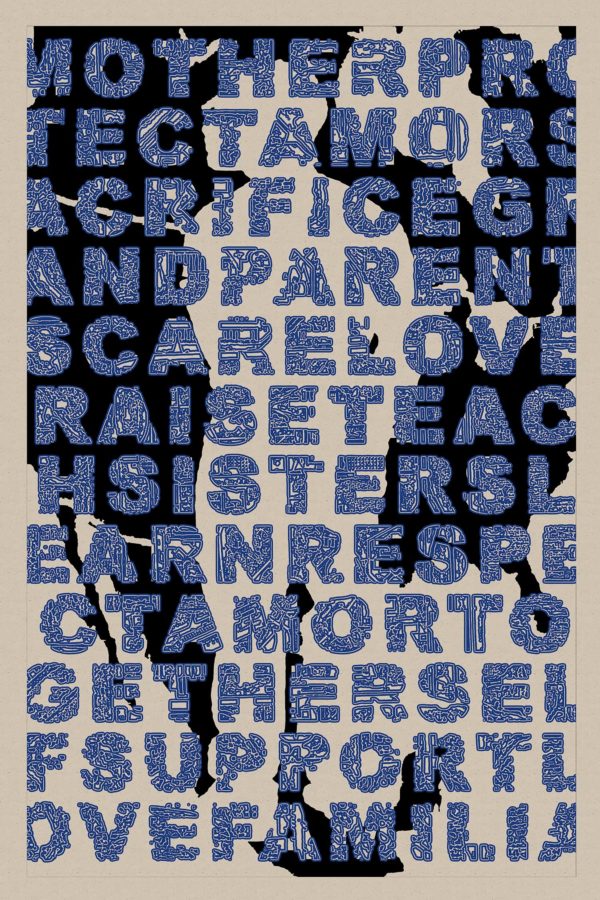
Print by William Estrada
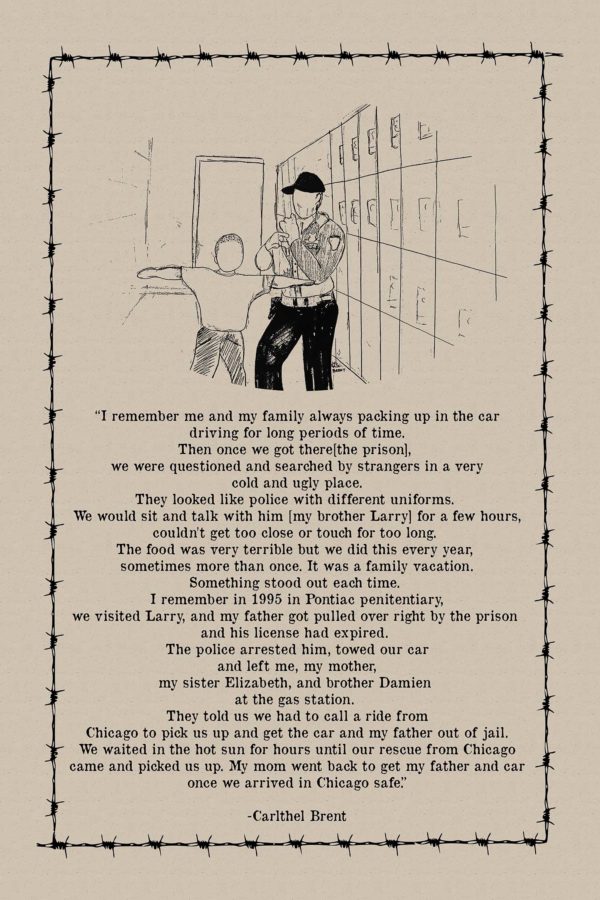
Print by Elizabeth Brent
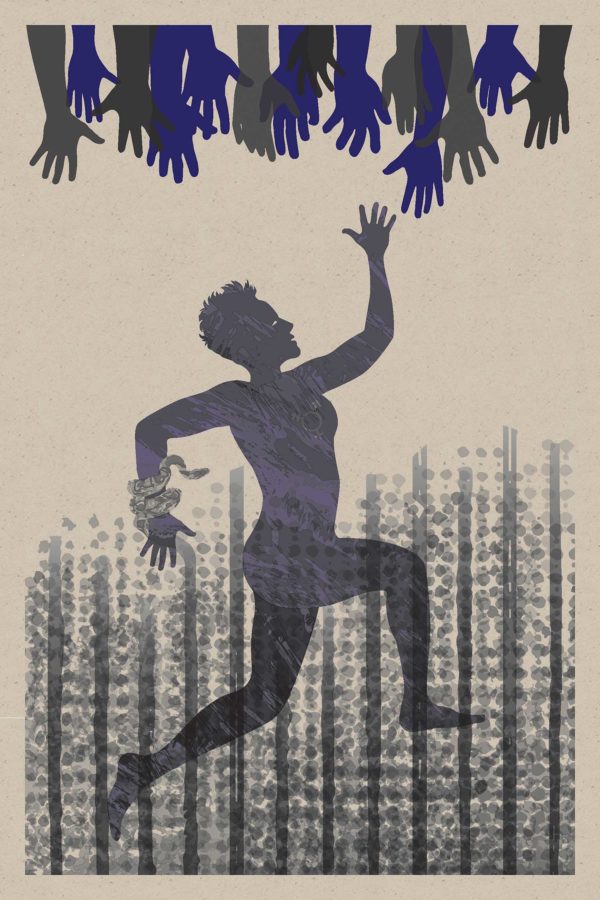
Print by Ivan Arenas
Other The Long Term Events
The Long Term Exhibition Opening Reception
Sept 21, 6-8pm
Arts and Public Life, 301 E Garfield Blvd, Chicago, Illinois 60637
7pm screening of The Long Term animation, a thirteen minute hand drawn animation by artists at Stateville.
Notes on Territory Performance with Anna Martine Whitehead and Damon Locks
Oct. 5, 6:30pm-8:00pm
Arts and Public Life, 301 E Garfield Blvd, Chicago, Illinois 60637
Notes on Territory is a transdisciplinary performance lecture and installation. Using movement, sound, video and text the work addresses themes of “containment architectures” (prisons, cathedrals, dungeons, and homes) and freedom.
The Long Term: Resisting Life Sentences, Working Towards Freedom
The Long Term book release and panel conversation with co-editors and contributors of The Long Term anthology.
Oct. 25, 6:30-8:30pm
Arts and Public Life, 301 E Garfield Blvd, Chicago, Illinois 60637
Janaé Bonsu, BYP 100; Kathy Boudin, Columbia University; Alice Kim, University of Chicago; Beth Richie, University of Illinois at Chicago; Patrick Pursley, Prison+Neighborhood Arts Project; moderated by Cathy Cohen, University of Chicago. Reception to follow.
Teach-In on Reversing Long Term Sentencing
Nov. 16, 6-8pm
Arts and Public Life, 301 E Garfield Blvd, Chicago, Illinois 60637
One of the demands of the National Prison strike this summer has been to is rescind the Truth in Sentencing Act and the Sentencing Reform Act and that, “No human shall be sentenced to Death by Incarceration or serve any sentence without the possibility of parole.” Incarcerated people are calling out particular laws that are locking them up for long and longer terms, yet few people know the details of these polices or how they have created mass incarceration. A Teach-in on Long Term Sentencing with Marshan Allen, Restore Justice IL; Monica Cosby, Westside Justice Center and the 100 women taskforce to cut the population of incarcerated women in IL; Bernardine Dohrn, activist and founding director of the Children and Family Justice Center in the Bluhm Legal Clinic at Northwestern and Eric Blackmon, North Lawndale Christian Legal Center. Moderated by Earl Walker & Sarah Ross
Sarah Ross is an artist who works in sculpture, video and photo. Her projects use narrative and the body to address spatial concerns as they relate to access, class, anxiety and activism. Sarah also works collaboratively with other artists on projects such as Compass (of the MRCC), Regional Relationships, Chicago Justice Torture Memorials, and Prison and Neighborhood Arts Project. She has co-curated exhibitions at SPACES Gallery, Cleveland, Sea and Space Explorations, Los Angeles, and PS122, New York. She teaches at The School of the Art Institute Chicago and is a co-organizer of the Prison and Neighborhood Arts Project, an arts and humanities initiative at Stateville Prison. Sarah is the recipient of grants from the Propeller Fund, Graham Foundation, University of California Institute for Research in the Arts and the Illinois Art Council. Some of her work has been exhibited in venues such as the Armory, Pasadena, CA; Gallery 727, Los Angeles; PS122, New York; Roots and Culture Gallery, Chicago; Pinkard Gallery, Baltimore; META Cultural Foundation, Romania and the Canadian Center for Architecture, Montreal.
Dave Pabellon is a graphic designer. He constantly pursues endeavors that connect his graphic design practice with social empowerment through the studio and classroom environment. He has mentored and instructed in the nonprofit sector, has taught at the university level, and lectures on occasion for professional design institutions and organizations. Pabellon is currently an Associate Professor of Graphic Design at Dominican University and formerly a designer at Faust Associates, an award-winning visual communication firm specializing in intuitively guided and collaborative design solutions that disregard convention.
Prison + Neighborhood Arts Project is a visual arts and humanities project that connects teaching artists and scholars to men at Stateville Maximum Security Prison through classes, workshops and guest lectures. Classes offered include subjects ranging from poetry, visual arts, and film study to political theory, social studies, and history. Classes are held once a week, on a 14 week semester schedule. Classes develop projects—visual art, creative writing and critical essays—with specific audiences and neighborhoods in mind. These works are then exhibited and read in neighborhood galleries and cultural centers. Over the course of an academic semester, artists and scholars on the inside and outside address key questions:
- What can we learn from each other?
- Who are our audiences?
- What materials and methods best relate our concerns?
- What can we say from inside a maximum security prison?
The arts and humanities have always provided essential vocabularies for discussing challenging topics and pushing the boundaries of our thinking. The goal of PNAP is to foster this kind of exploratory thinking with incarcerated people at Stateville, who have a wealth of knowledge and keen perspectives to share about the world around us.
Check out P+NAP project and learn more about their work here.
LInks:
- P+NAP: http://p-nap.org/
- Sarah Ross: http://www.insecurespaces.net/
- Dave Pabellon: https://organizeyourown.wordpress.com/projects/dave-pabellon/
- The Long Term Portfolio Exhibition: https://justseeds.org/event/the-long-term-print-release-party-reading/
- Forthcoming P+NAP book, The Long Term: Resisting Life Sentences, Working for our Freedom, edited by Alice Kim, Erica Meiners, Jill Petty, Audrey Petty, Beth E. Richie, and Sarah Ross (October 2018). https://www.haymarketbooks.org/books/1161-the-long-term
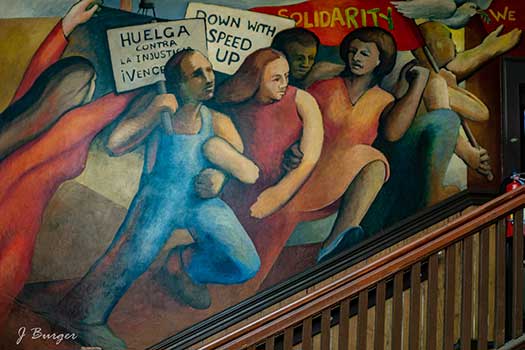
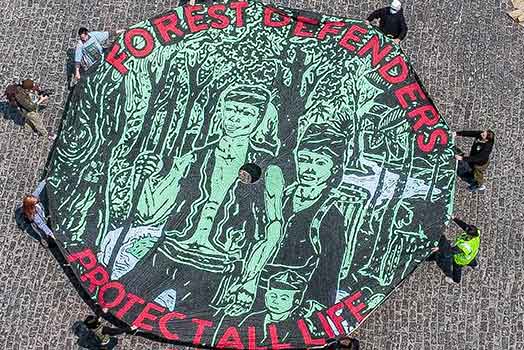
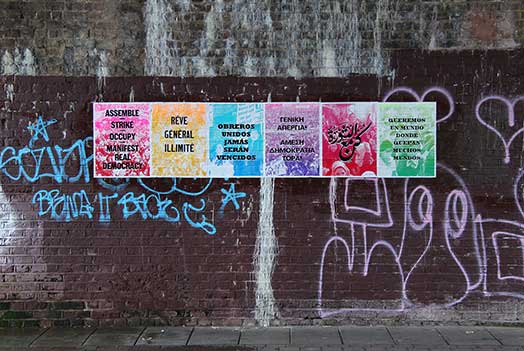
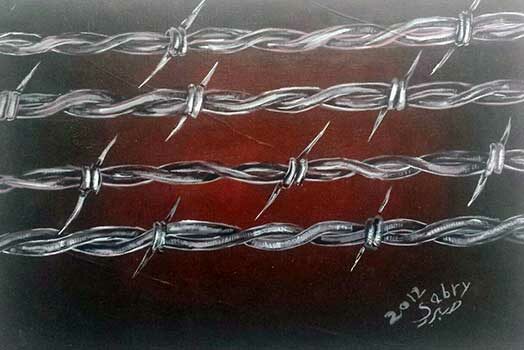
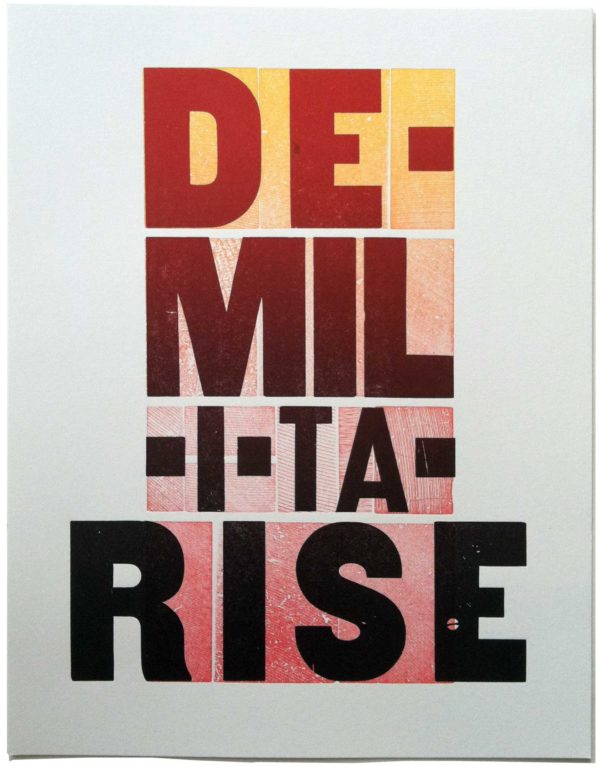
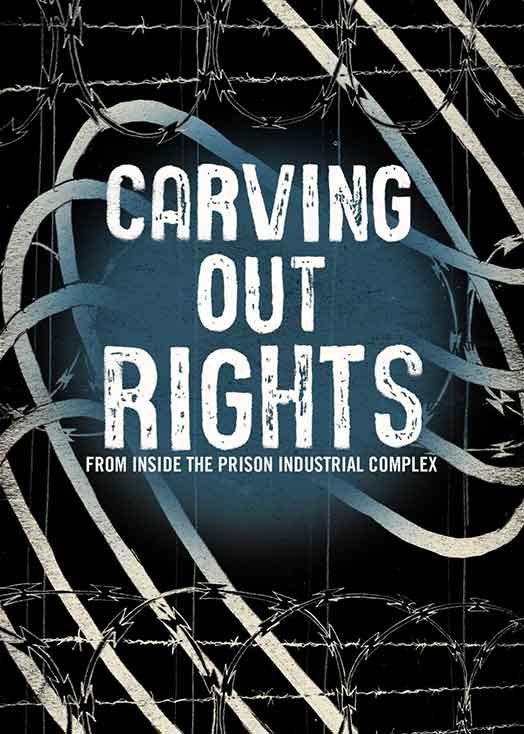
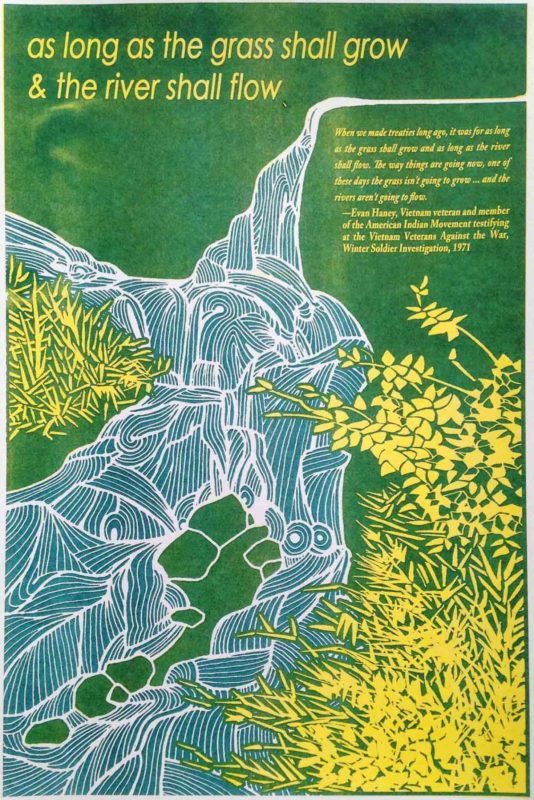
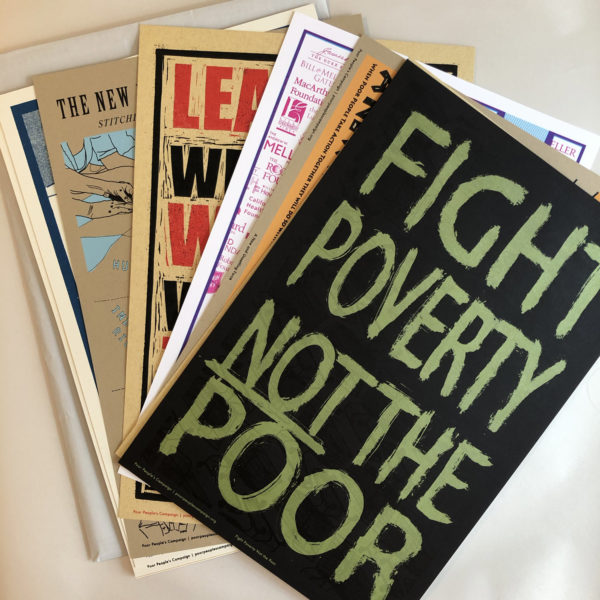
Spectacular work all around, really impressive collection of graphics!